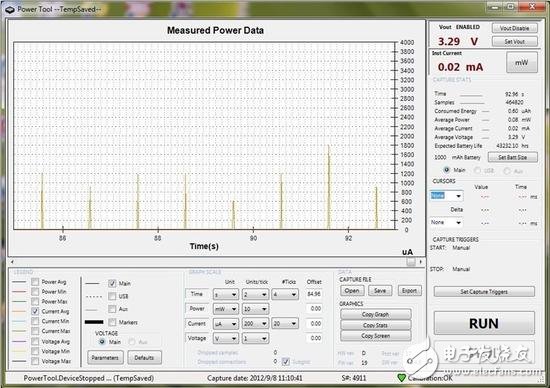There are many types of smart devices, ranging from large and small, such as robots, unmanned aerial vehicles, IoT IoT devices, smart home devices, wearable devices, and so on. The computing hubs on these smart devices are very different from servers, desktops, tablets, and mobile phones, each with its own characteristics. On servers, desktops, and mobile phones, the operating system is a mature market, and new operating systems have difficulty obtaining opportunities. For the entire smart device, this topic is a bit large, and it has always been felt that the different operating systems of the different types of things can not be unified. So here is only a small part of it, only the operating system of wearable devices.

Power consumption, networking and interaction: Interpretation of wearable device operating system issues
There are many types of wearable devices, such as wristbands, watches, glasses, virtual reality helmets, thermometers, clothes, socks, shoes, caps, rings, necklaces, heart rate belts, earphones, and the like. From the point of view of calculation, there are complex and simple, simple such as thermometers, complex such as glasses, virtual reality helmets, etc. From the current application, first of all, it is not a stand-alone device, but must be a networked device. The main one of this network is the mobile phone, because the mobile phone is too popular, it is a good communication bridge.
Computational issues that need to be considered in wearable devices include: power consumption issues; networking issues; human-computer interaction; data collection; volume issues.
The main problem considered by the wearable device operating system is the software problem, so we focus more on the software-related part, and the volume is not considered (but the volume problem will greatly limit the battery capacity, so In turn, it limits power consumption). Traditionally, the operating system is a computing resource manager. In a broad sense, the operating system should consider user friendliness (or application friendliness).
Power consumption problem
First of all, the key to the power consumption problem lies in the hardware. Only when the power consumption at the hardware level is reduced, it is possible to reduce the overall power consumption and increase the usage time of the device. From the circuit, the power consumption of the circuit is equal to: voltage x current. To reduce power consumption, you can lower the voltage and lower the current. Assuming the voltage is constant, we plot a plot of current as a function of time, and we can derive the power consumption: from the start point to the end point, the area on the current map. (What if the voltage changes? Ok, draw a 3D map and calculate the volume).

Power consumption current timing diagram
CSRME Safety Controller is developed for standard GB27607. By monitoring machine tool safety related equipment, the security of machine control system can meet the requirements of GB27607, and its security meets the requirements of ISO13849-1 (PLe) and IEC61508 (SIL3).
With rich interfaces, CSRME has limited programmable function. It can simultaneously replace many different types of safety control modules or safety PLCs, thus greatly simplifying the safety design of machine control systems and reducing cost.
Safety Controller
Safety Controller,Modular Safety Controller,Safety Controller,Electrical Safety Controller,Programmable Logic Controller,Banner Safety Controller
Jining KeLi Photoelectronic Industrial Co.,Ltd , https://www.sdkelien.com